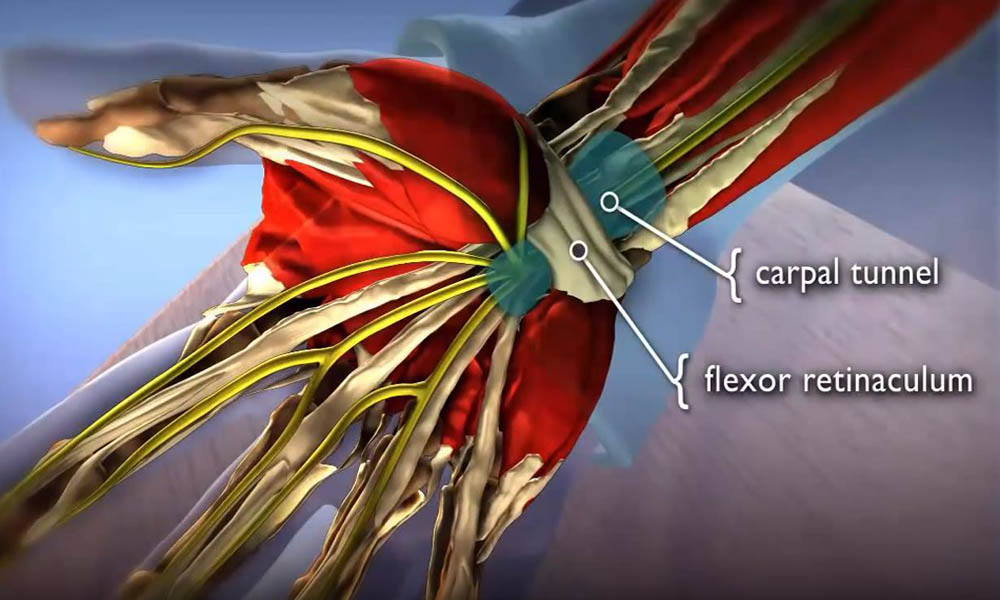
Carpal Tunnel Services
Carpal tunnel syndrome is one of the most common problems affecting the hand. People with this condition may feel pain, numbness and general weakness in the hand and wrist. Lifestyle changes, like wrist splints and changes to your environment, are possible treatments.
Carpal tunnel syndrome is a common condition that causes pain, numbness, tingling, and weakness in the hand and wrist. It happens when there is increased pressure within the wrist on a nerve called the median nerve. This nerve provides sensation to the thumb, index, and middle fingers, and to half of the ring finger. The small finger is typically not affected.
Carpal tunnel syndrome was first described in the mid-1800s. The first surgery for the release of the carpal tunnel was done in the 1930s. It is a condition that has been well recognized by orthopaedic surgeons for over 40 years.
The carpal tunnel is a narrow canal or tube in the wrist. Similarly to a tunnel you could travel through by car, this part of the wrist allows the median nerve and tendons to connect the hand and forearm. The parts of this tunnel include:
- Carpal bones: These bones make up the bottom and sides of the tunnel. They are formed in a semi-circle.
- Ligament: The top of the tunnel, the ligament is a strong tissue that holds the tunnel together.
- Median nerve: This nerve provides feeling to most of the fingers in the hand. It also adds strength to the base of the thumb and index finger.
- Tendons: Rope-like structures, tendons connect muscles in the forearm to the bones in the hand. They allow the fingers and thumb to bend.
- Inside the tunnel are the median nerve and tendons.
Symptoms of carpal tunnel syndrome
Symptoms usually begin slowly and can occur at any time. Early symptoms include:
- Numbness at night.
- Tingling and/or pain in the fingers.
In fact, because some people sleep with their wrists curled, nighttime symptoms are common and can wake people from sleep. These nighttime symptoms are often the first reported symptoms. Shaking the hands helps relieve symptoms in the early stage of the condition. Common daytime symptoms can include:
- Tingling in the fingers.
- Decreased feeling in the fingertips.
- Difficulty using the hand for small tasks, like:
- Handling small objects.
- Grasping a steering wheel to drive.
- Holding a book to read.
- Writing.
- Using a computer keyboard.
- As carpal tunnel syndrome worsens, symptoms become more constant. These symptoms can include:
- Weakness in the hand.
- Inability to perform tasks that require delicate motions (such as buttoning a shirt).
- Dropping objects.
- In the most severe condition, the muscles at the base of the thumb visibly shrink in size (atrophy).
